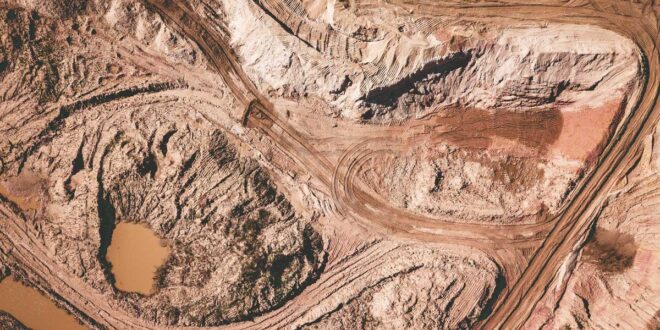Rare earth elements (REEs) are a set of 17 metallic elements that have become indispensable to modern technology and defense industries. Although they are not truly “rare” in the Earth’s crust, they are difficult to find in concentrated deposits and are expensive to separate and refine. The group includes 15 lanthanides along with scandium and yttrium.
Their strategic importance has been thrust back into the spotlight after U.S. President Donald Trump and Chinese President Xi Jinping reached a deal to ensure China continues exporting rare earths materials vital for everything from electric vehicles to advanced weapon systems.
Why They Matter
Rare earths are the backbone of the digital and green economy. They are key components in smartphones, electric vehicles, wind turbines, medical imaging devices, and fighter jets. Elements like neodymium and dysprosium are essential for producing high-strength magnets used in electric motors, while europium and terbium are vital for display screens and lighting.
Because of their broad applications, even temporary disruptions in rare earth supply can trigger global manufacturing slowdowns. Earlier this year, some automakers had to pause production when China’s export controls created shortages underscoring the world’s heavy dependence on Chinese supply chains.
Who Controls the Supply?
China overwhelmingly dominates the rare earth industry. It produces around 60% of the world’s mined supply and over 90% of the refined output and magnets. This dominance stems from decades of government subsidies, low production costs, and more relaxed environmental regulations.
The United States, Europe, and Australia have been trying to rebuild independent supply chains to reduce reliance on Beijing, but progress has been slow. Mining projects in these regions face high costs, environmental challenges, and long development timelines.
Environmental and Health Concerns
Extracting and processing rare earths are messy and toxic operations. The refining process often relies on strong acids and solvents that can contaminate soil and groundwater. Some ores also contain radioactive materials like thorium and uranium, making waste management difficult and hazardous.
Efforts are underway to develop cleaner, more sustainable extraction technologies, but they remain costly and not yet commercially widespread. This environmental toll has long been one of the reasons China could maintain dominance other countries were unwilling to bear the ecological cost.
Implications and Outlook
The Trump-Xi deal may stabilize short-term supply, but it also highlights the strategic vulnerability of global industries dependent on China’s control of critical minerals. As geopolitical tensions rise, rare earths are becoming not just a commodity issue but a national security concern.
In the long run, the race to secure rare earth independence could reshape global trade alliances and push innovation in recycling and cleaner mining technologies. Until then, China’s grip on these critical materials remains a powerful tool in its geopolitical arsenal.
 Geostrategic Media Political Commentary, Analysis, Security, Defense
Geostrategic Media Political Commentary, Analysis, Security, Defense





